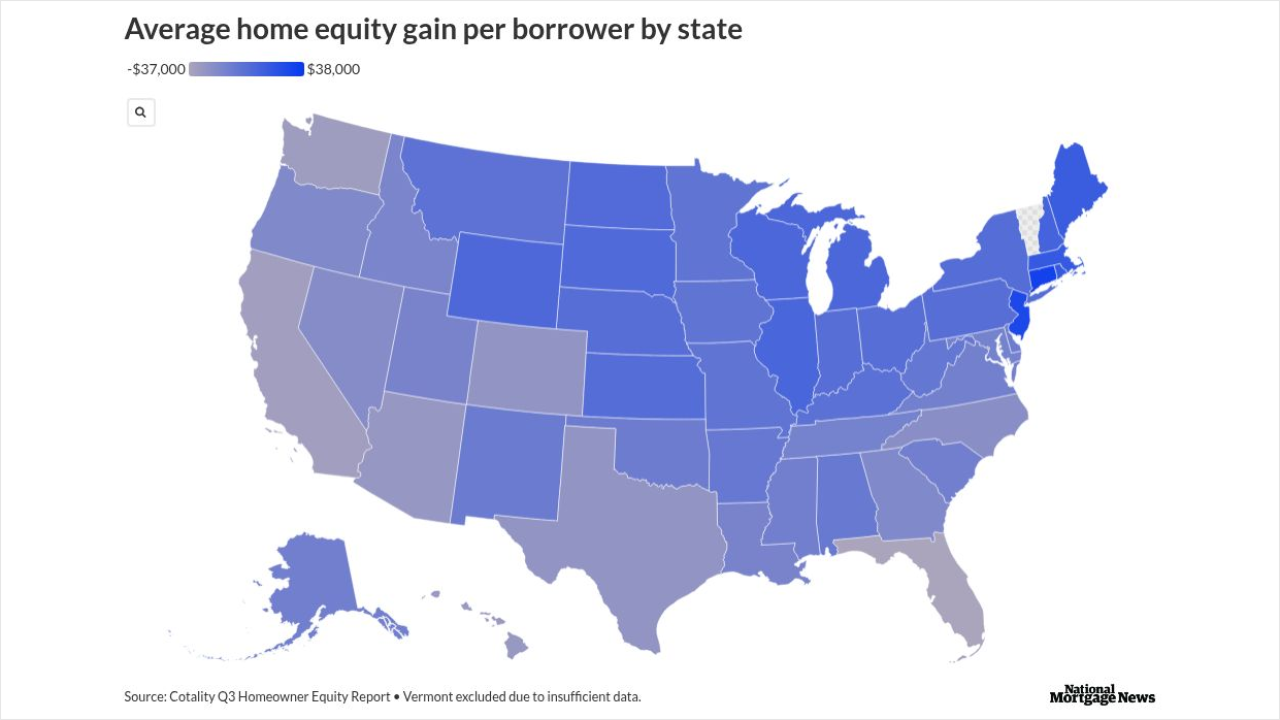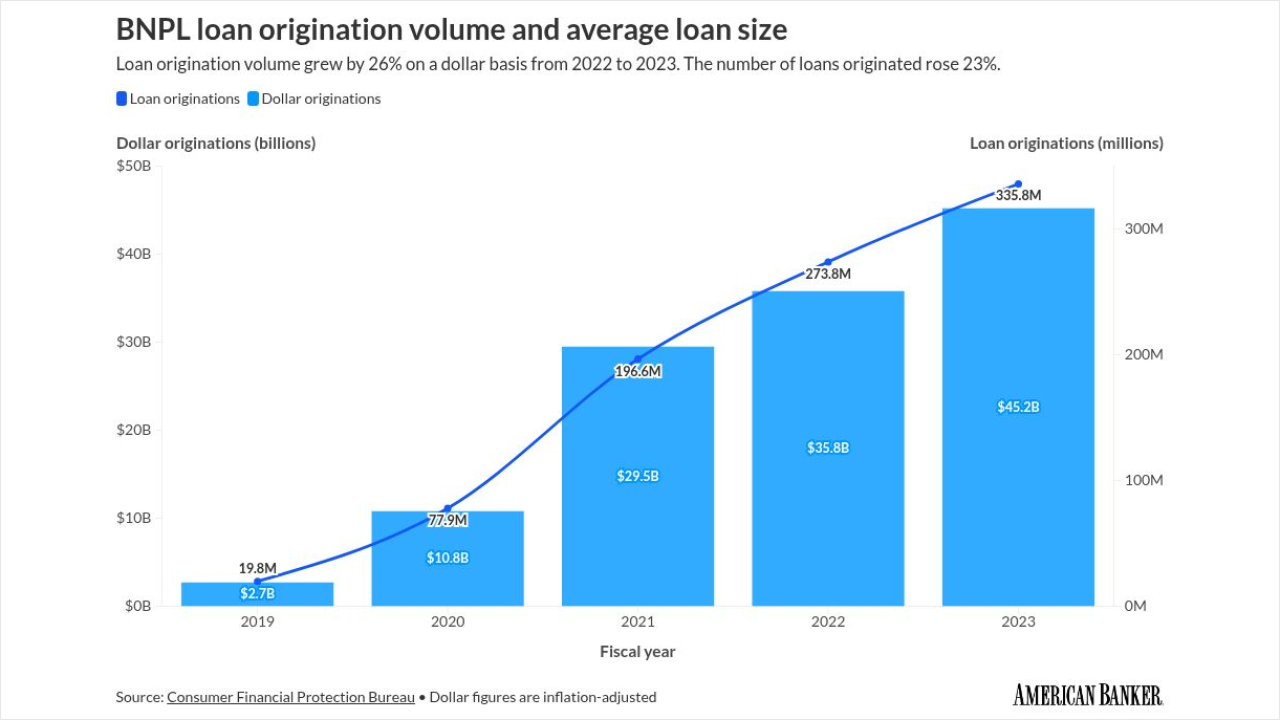The European Securitization Forum and Information Management Network chose a more somber setting - London - for this year's Global ABS gathering held last week.
Market players took a sobering look at the current state of play of the securitization market. Conference panelists said that the market should expect stronger growth in the first half of 2010, although it's unlikely to be sustainable.
Steven Major, global head of fixed income research at HSBC, said that from a fundamental point of view, the market-based measures have led to an improvement over the last few months. The Institute for Supply Management's PMI index, for example, has pointed to improving sales figures, implying that things are moving in the right direction. However, Major warned that the recovery is more of a virtual recovery, and not the real thing.
Although the traditional indicators for cash flow all point up, panelists warned that balance sheet adjustments need to occur. "It may be the case of the public sector laying the foundations for private sector demand, but the fact is that the central banks' balance sheets can't support this forever," said Kevin Gaynor, head of economics at RBS Global Banking & Markets.
Juan Perez Campanero, head economist at Santander Global Banking & Markets, agreed and said that while the lead indicators might show some improvement, there is very little by way of hard data to support a real recovery of the market. However, there are some encouraging signs from the trading floor, where a total implosion was suffered over the fourth quarter. "This is a good sign because the crisis has really been more about the investor sector, so improvement on exports is encouraging but there is a long way to go before we see any decent recovery," he said.
Uncertainty stemming from rating agency changes, pricing opaqueness and extension risks for deals is likely to further stall the market. "There is a strong correlation between rating agency uncertainty and loss of investor confidence," said Benedicte Pfister, team managing director at Moody's Investors Service.
To restore investor confidence, panelists called for simpler structures, greater disclosure and secondary market transparency. Historically, European investors have been less diversified and have been dominated by banks; institutional investors played a less important role. Europe needs to see the investor base broaden to include more buy-and-hold players, speakers agreed.
Ganesh Rajendra, head of advisory, structured credit products at Henderson Global Investors, said that the role of securitization will be very limited. "The positioning of regulators and policy makers is almost punishing, with new capital rules that amount to a tax on securitization," he said. "The rating agencies reformulating are also likely to add to origination costs."
The market is unlikely to see complex structures like CDO squared again, although there are companies that still have basic funding needs, such as financing home and auto loans, that need to be fulfilled, said David Basra, head of securitized and real estate markets at Citigroup.
Government Intervention: Too Much of a Good Thing
Most panelists agreed that without some form of government intervention, financial services would have suffered a total meltdown, but the current spate of programs they suggest has gone too far. Over the long run, the concern is that what began as a private sector balance sheet problem will become more of a public sector dilemma - which, in the end, could prove to be a bigger financial headache. "The government can't be blamed for not doing enough - it's doing too much," said Gaynor. "No one is concerned when governments run a deficit of 3% or 4%, but when that number has climbed to 14% or more, as has been the case in the U.S., those become quite scary figures."
Central government involvement has also had implications for private sector demand. Panelists said that shifting the focus from the private sector to central banks' operations has also meant that any real private sector recovery had essentially been shut out. "The cost of funding for the private sector is likely 89%, but we are pretending, with a 0% interest rate, that its is 1%," Gaynor said. "At some point that switch back could present a problem."
There are measures that have been more helpful than others. For the measures that have managed to get the economy on good footing, it has been money well spent. However, the costly schemes like the extremely fashionable bank bailouts won't work as sustainable longer-term solutions. "The priority in the beginning was to get out of the hole," Campanero said. "But it is difficult to visualize what exit strategy the governments plan to implement without running into the problem of inflation."
However, Major seemed more optimistic and said that the potential for near-term inflation caused by the risk transfer from private to sovereign outweigh the benefits of central government involvement. "This deficit hysteria is a little late in coming; there was more reason to worry in the beginning of the crisis, and it's uncertain what the default risk is for the U.S. and the U.K. if they are issuing in their own currency," Major said.
Francesco Papadia, director general of the directorate of general market operations at the European Central Bank (ECB) and a keynote speaker at the conference, said that the ECB's intervention managed to avoid a complete gridlock of the financial industry. "We have managed to avoid that crisis, which would have led to catastrophic consequences for the entire economy," he said.
He said that the market has shown some improvements and noted a shrinkage of the spread between three-month Euribor and swap rates to 50 basis points from 180 basis points at the height of the crisis and that over the last eight weeks the need for ECB's operations has gone down significantly to E600 billion from a peak of E850 billion. Only 500 banks are tapping the central bank for financing, down from 800.
"It's clear our action is a bridge action and cannot substitute bank action," he said. "The central bank can't continue lending for a sustained period because it takes away incentive for the market to function on its own. By offering intermediation we make the price cheaper, but it means less incentive for commercial banks to carry out these services."
To be sure, while Papadia said that volumes of European securitization are seemingly high, no one is actually buying, and deals are only funded through the central bank. The new capital raised by banks is not being used toward new lending activity.
Providing an Exit Strategy
While government intervention has eased the potential impact of total deleveraging, it's crowded out the likely recovery of the private securitization market - too many banks have been taking advantage of the liquidity offered by the ECB. The question now is how will the central bank withdraw its support and get issuers to come back to the market?
Ian Bell, managing director at Standard & Poor's, believes that the market will begin to see this restructuring by next year, although he doesn't think the market will be fully functional before 2011. Gaelle Phillipe-Viriot, head of ABS at AXA Investment Managers, said that she too expected some kind of a primary market to emerge by next year but warned that originators must be prepared to pay more.
The market, however, is likely to remain broken into two tiers: one of legacy collateral and one of government assets. "We'll begin to see a real return of the market as the governments try to deleverage themselves and realize the problems that they've gotten into," a market source said.
(c) 2009 Asset Securitization Report and SourceMedia, Inc. All Rights Reserved.
http://www.structuredfinancenews.com http://www.sourcemedia.com/





